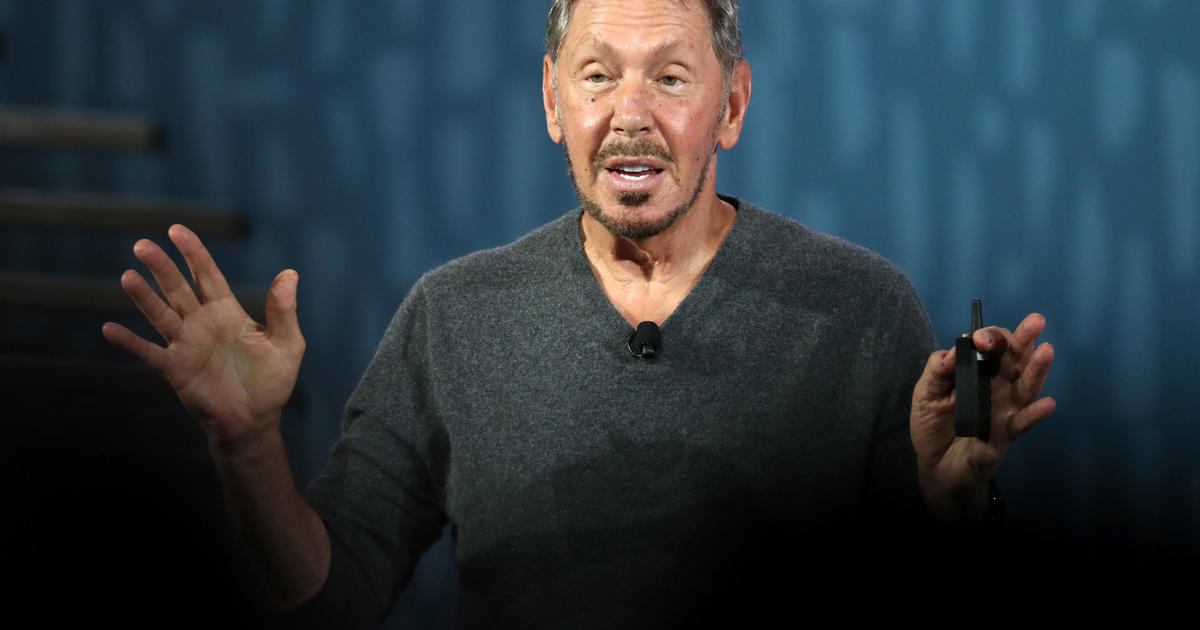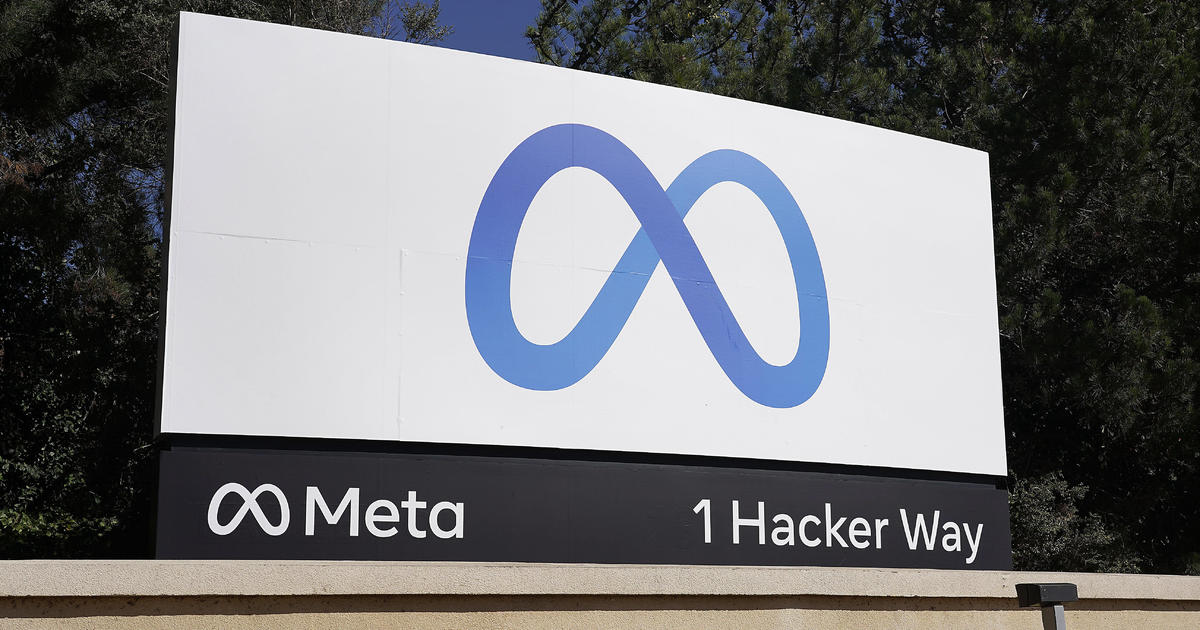NASA's New Supersonic Wind Tunnels Could Make Moon Landing By 2024 A Reality
MOUNTAIN VIEW (KPIX) - NASA officials are hopeful and optimistic they will be able to achieve President Trump's goal of sending a male and female astronaut to the moon by 2024, but stopped short of guaranteeing the feat would be accomplished.
At today's 'State of NASA' address, Administrator Jim Bridenstine announced President Trump is asking Congress to increase the agency's budget by 12 percent to $25 billion dollars, the largest increase in decades, with plans to increase it $28.6 billion by 2023.
"And now we must deliver. It is up to us to deliver," said Bridenstine.
NASA Ames Center Director Eugene Tu said a 12 percent increase in the space agency's budget is "unprecedented in recent history". As for getting to the moon by 2024?
"We are hopeful. It will require certainly some technological solutions, but it will also require the budgetary support," said Tu.
During a press tour, NASA Ames scientists touted their research advancements on the Space Launch System (SLS), made using the 9x7 foot supersonic wind tunnel, one of several wind tunnels at the Unitary Plan Wind Tunnel complex. The tunnels have been used to help develop every spacecraft ever launched by the agency.
During testing of the SLS, researchers monitored the coat of specialized paint on the fuselage, that is highly sensitive to light and oxygen. High-speed cameras shooting at 10,000 frames per second, combined with special lighting, record the vibrations across the rocket's surface as it comes into contact with the supersonic air currents.
"Data like this has never been seen before," said Nettie Roozeboom, test administrator.
The wind tunnel testing generated 150 terabytes of raw data in five days. Typically, the data would have to be loaded onto duplicate external hard drives and physically walked down to the supercomputing labs. Because of the looming 2024 deadline, the researchers developed a way to securely push the data to the computing team in real-time, using "one way diodes."
The new high-speed data transfer method ultimately will help reduce the turnaround time for finalizing the SLS design.
"Probably a timeline speed up of like 3 to 6 months, to weeks that we were able to process everything. It has significantly improved our ability to meet that 2024 deadline," said Roozeboom.
NASA Ames would be allocated about $750 million of the agency's total budget, an amount that Tu says will help keep Ames "on track" for the new moon mission.
"But of course, there's 2022, 2023, and 2024 to come. And so it's a long term effort to get us there," said Tu.
"NASA appreciates the challenge, and we appreciate the continued support of the country," said Frank Kmak, wind tunnel division chief. "Fingers crossed. It's a very difficult challenge."



